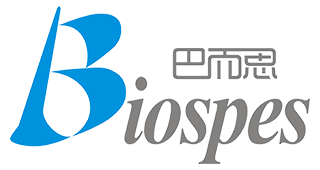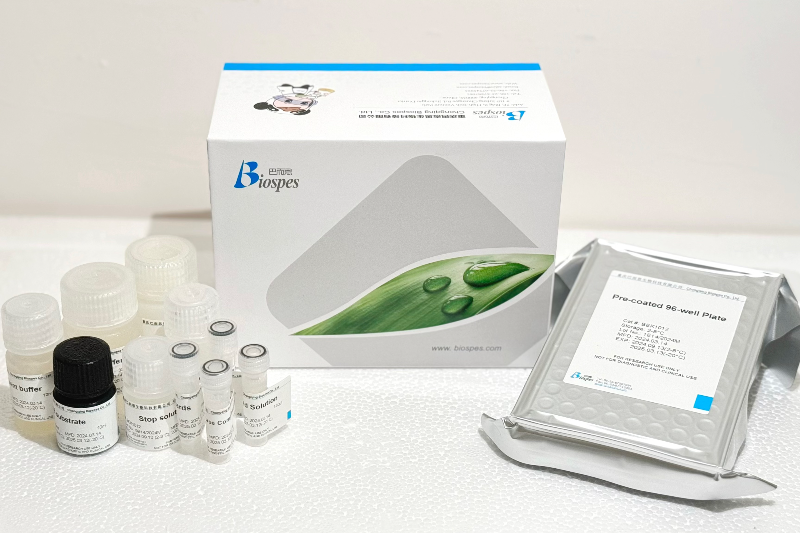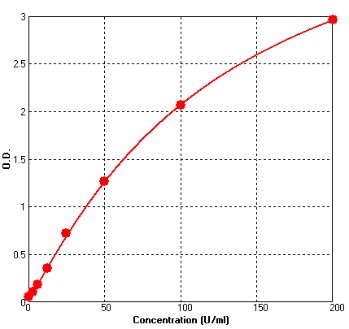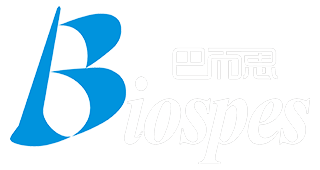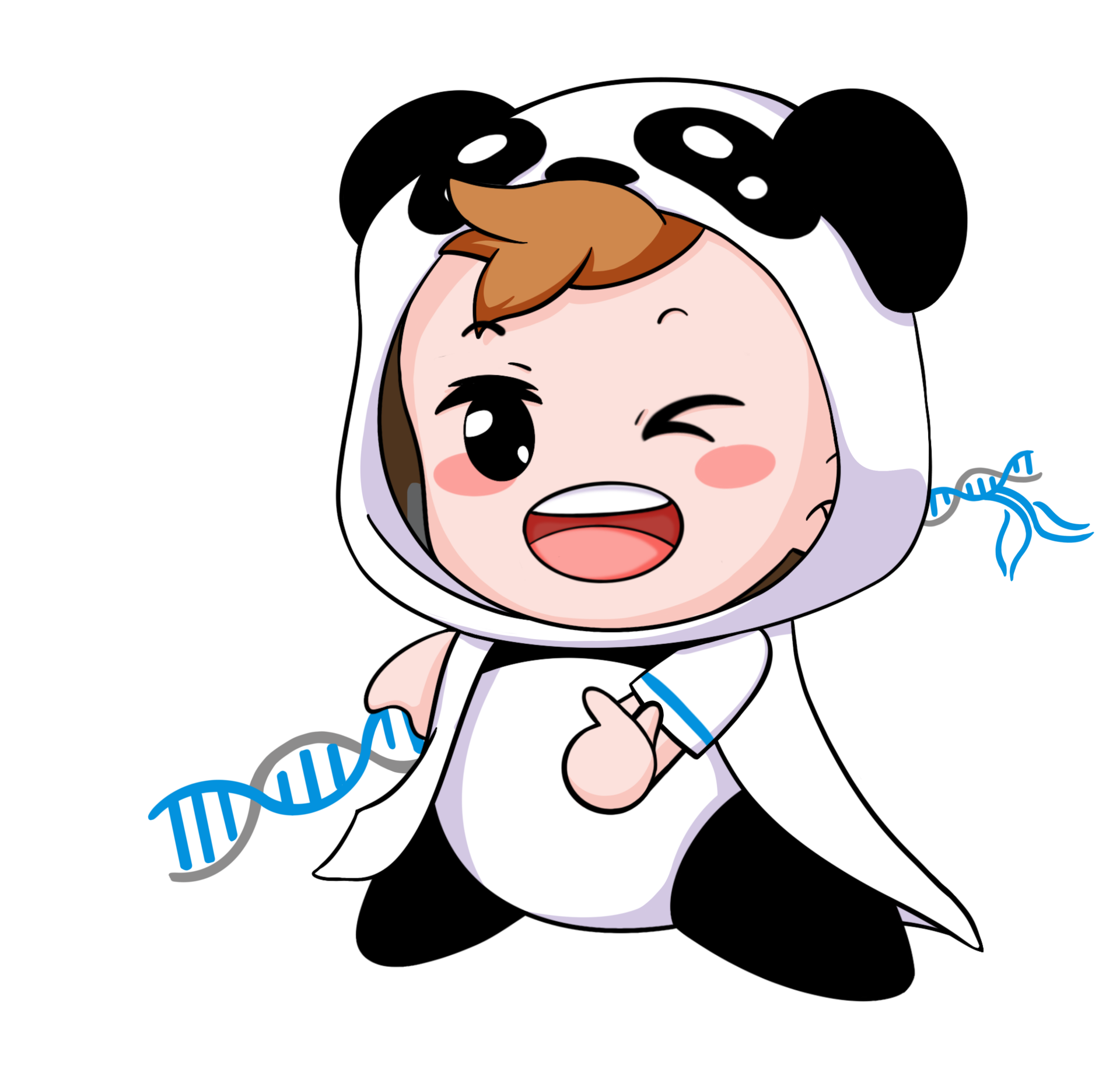Human Cancer Antigen CA19-9 ELISA Kit
Size: 96T
Range: 3.12 U/ml-200 U/ml
Sensitivity 0.5 U/ml
Application: For quantitative detection of CA19-9 in human serum, plasma, or cell culture supernatant.
--------------------------------------------------------------------------------------------------------------
Price: $300.00
Catalog No.: BEK1247
Size: 96T
Range: 3.12 U/ml-200 U/ml
Sensitivity 0.5 U/ml
Storage and Expiration: Store at 2-8℃ for 6 months, or at -20℃ for 12 months.
Application: For quantitative detection of CA19-9 in human serum, plasma, or cell culture supernatant.
Introduction
CA19-9 (carbohydrate antigen 19-9, also called cancer antigen 19-9 or sialylated Lewis (a) antigen) is a tumor marker that is used primarily in the management of pancreatic cancer. Guidelines from the American Society of Clinical Oncology discourage the use of CA19-9 as a screening test for cancer, particularly pancreatic cancer. The reason is that the test may be falsely normal (false negative) in many cases, or abnormally elevated in people who have no cancer at all (false positive). The main use of CA19-9 is therefore to see whether a pancreatic tumor is secreting it; if that is the case, then the levels should fall when the tumor is treated, and they may rise again if the disease recurs. CA19-9 can be elevated in many types of gastrointestinal cancer, such as colorectal cancer, esophageal cancer and hepatocellular carcinoma. Apart from cancer, elevated levels may also occur in pancreatitis, cirrhosis, and diseases of the bile ducts. It can be elevated in people with obstruction of the bile ducts.
Principle of the Assay
This kit was based on sandwich enzyme-linked immune-sorbent assay technology. Anti-CA19-9 monoclonal antibody was pre-coated onto 96-well plates. And the biotin conjugated anti-CA19-9 monoclonal antibody was used as detection antibodies. The standards, test samples and biotin conjugated detection antibody were added to the wells subsequently, and wash with wash buffer. Avidin-Biotin-Peroxidase Complex was added and unbound conjugates were washed away with wash buffer. TMB substrates were used to visualize HRP enzymatic reaction. TMB was catalyzed by HRP to produce a blue color product that changed into yellow after adding acidic stop solution. The density of yellow is proportional to the CA19-9 amount of sample captured in plate. Read the O.D. absorbance at 450nm in a microplate reader, and then the concentration of CA19-9 can be calculated.
Kit components
- One 96-well plate pre-coated with anti-Human CA19-9 antibody
- Lyophilized Human CA19-9 standards: 2 tubes (400 U/tube)
- Sample / Standard diluent buffer: 30 ml
- Biotin conjugated anti-Human CA19-9 antibody (Concentrated): 130 μl. Dilution: 1:100
- Antibody diluent buffer: 12 ml
- Avidin-Biotin-Peroxidase Complex (ABC) (Concentrated): 130 μl. Dilution: 1:100
- ABC diluent buffer: 12 ml
- TMB substrate: 10 ml
- Stop solution: 10 ml
- Wash buffer (25X): 30 ml
Note: Reconstitute standards and test samples with Kit Component 3.
Material Required But Not Provided
- 37℃ incubator
- Microplate reader (wavelength: 450nm)
- Precise pipette and disposable pipette tips
- Automated plate washer
- ELISA shaker
- 1.5ml of Eppendorf tubes
- Plate cover
- Absorbent filter papers
- Plastic or glass container with volume of above 1L
